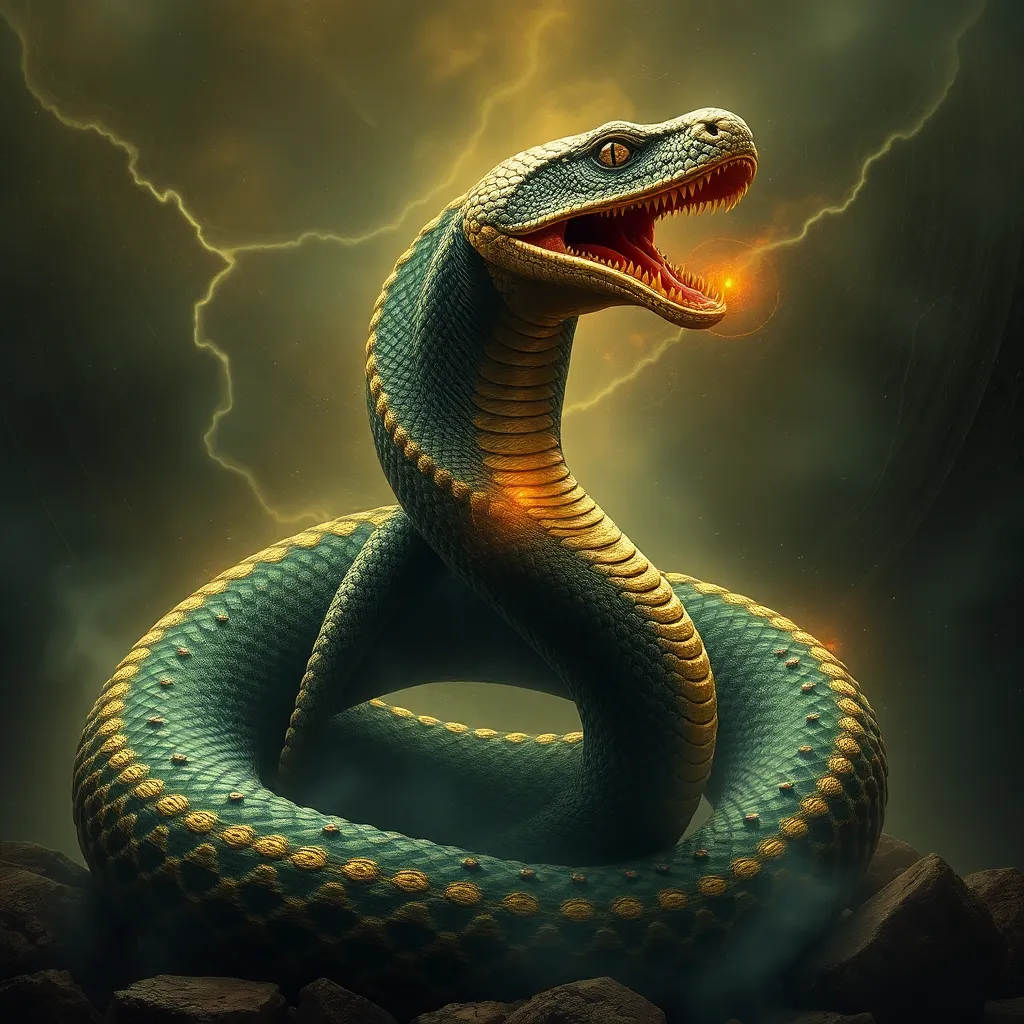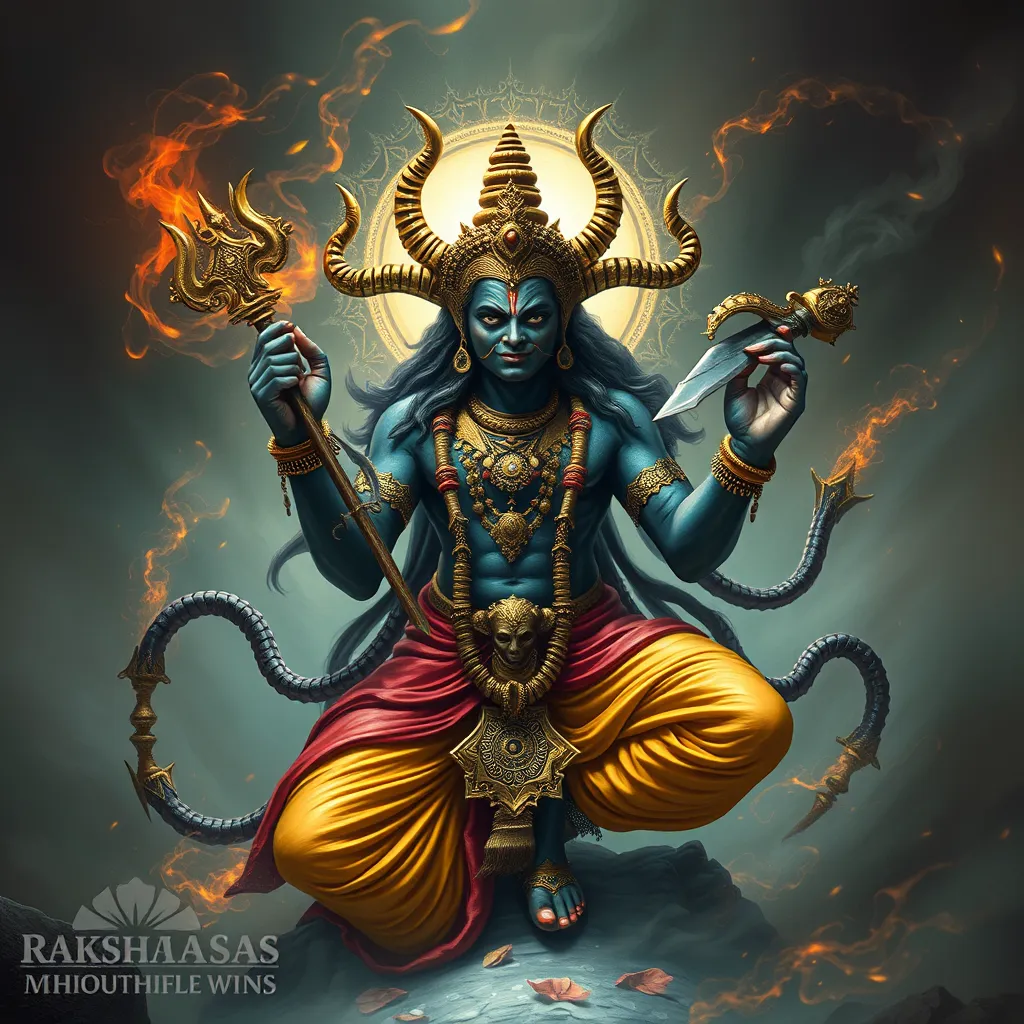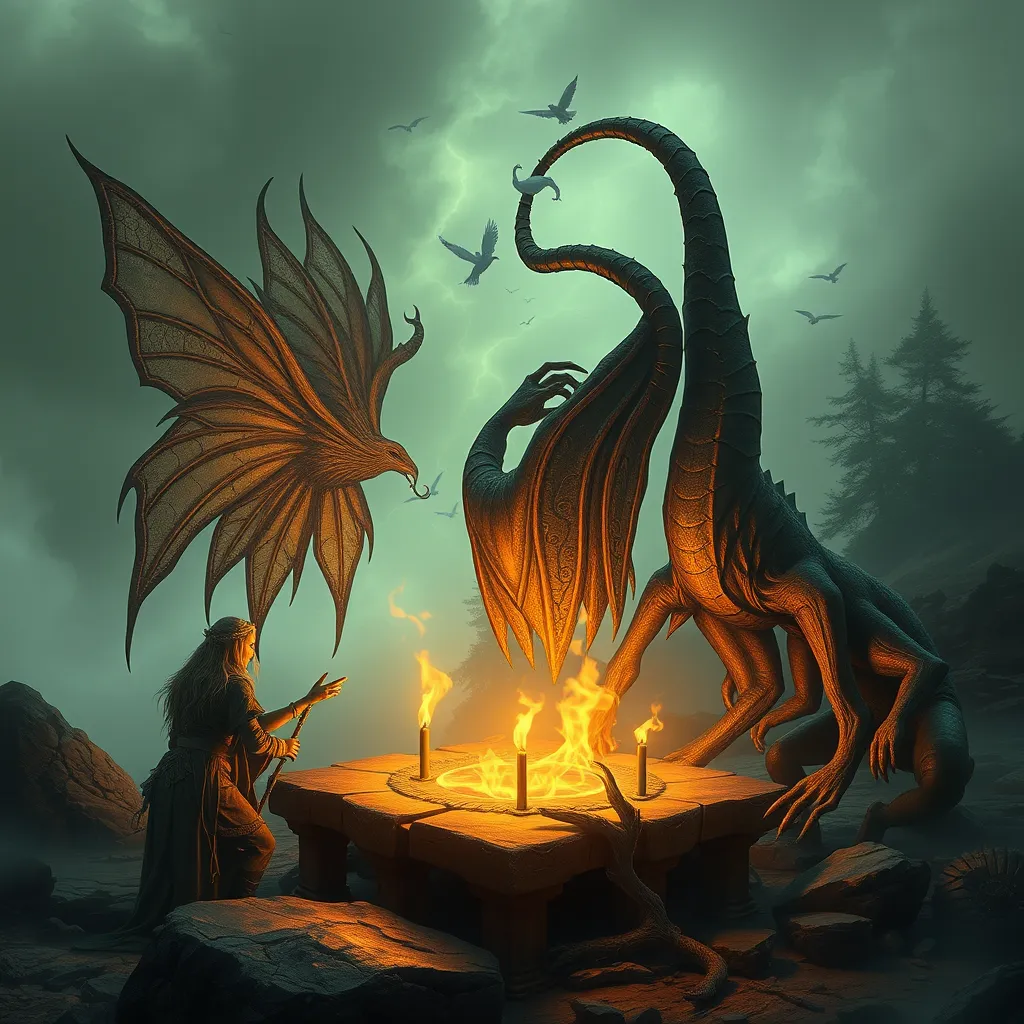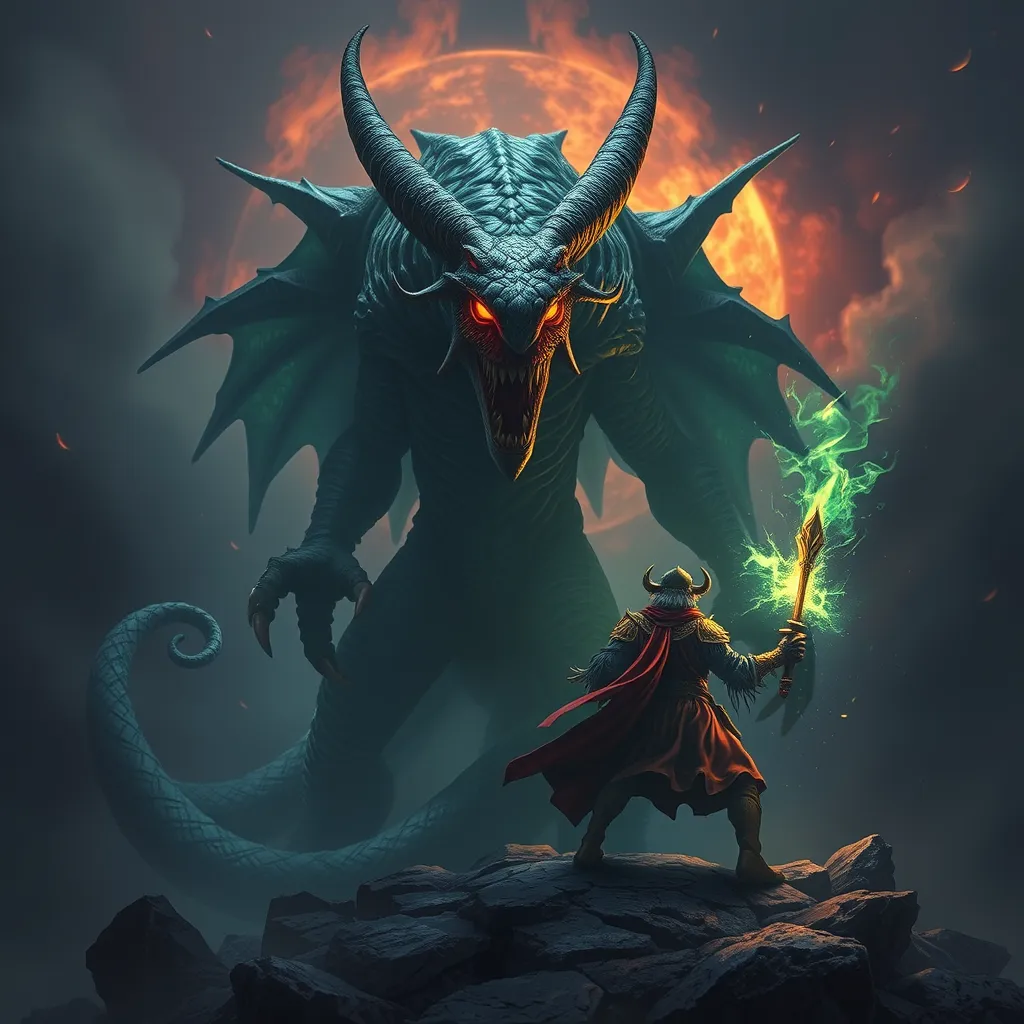The Serpent-Woman of the Nile: Examining Echidna’s Counterparts in Egyptian Mythology
I. Introduction
Echidna, a formidable figure in Greek mythology, is often depicted as a monstrous woman with the lower body of a serpent. Known as the “Mother of Monsters,” she is the partner of Typhon and the progenitor of many of the most notorious beasts in Greek lore. This article aims to explore the intriguing concept of serpent-women within various mythologies, particularly focusing on their Egyptian counterparts.
The serpent-woman archetype transcends cultural boundaries, appearing in numerous mythological narratives. In this exploration, we will delve into the Egyptian pantheon to uncover figures that embody similar characteristics to Echidna. Through this comparative analysis, we will seek to understand the significance of serpent imagery and the roles these figures played in their respective mythologies.
II. The Mythological Significance of Serpent-Women
Serpent-women in mythology are often defined by their dual nature, combining elements of femininity with the snake’s symbolism. They embody various traits, including:
- Feminine power: Many serpent-women represent a potent form of female strength and ferocity.
- Life and death: They often symbolize the cycle of creation and destruction, reflecting the snake’s ability to shed its skin.
- Duality: Serpent-women can be both nurturing and threatening, a dichotomy that highlights their complex roles in mythological narratives.
The imagery of serpents holds significant cultural interpretations across different societies. In many cultures, serpents are viewed as:
- Symbols of rebirth and transformation
- Representatives of fertility and femininity
- Manifestations of chaos and danger
This duality is particularly pronounced in serpent-women figures, who often navigate the fine line between creation and destruction, reflecting the multifaceted nature of life itself.
III. Echidna: The Mother of Monsters
Echidna’s mythology is rich and complex. She is often portrayed as a monstrous figure, dwelling in caves and giving birth to a multitude of fearsome creatures, including the Chimera, Cerberus, and the Nemean Lion. Her offspring symbolize various aspects of chaos and challenge faced by heroes in Greek mythology.
In Greek culture, Echidna represents not only a maternal figure but also a force to be reckoned with. Her character embodies the primal instincts of nature, blending nurturing qualities with an inherent ferocity. Compared to other mythological maternal figures, such as Gaia or Rhea, Echidna stands out due to her direct association with monstrosity and chaos.
IV. The Role of Serpent Deities in Egyptian Mythology
In ancient Egyptian mythology, serpents held a prominent place and were often associated with various deities. Key serpent deities include:
- Wadjet: The cobra goddess, protector of Lower Egypt, symbolizing royalty and protection.
- Apep: The embodiment of chaos and destruction, often represented as a giant serpent, opposing the sun god Ra.
Serpents in Egyptian culture were not merely symbols of danger; they also represented protection and healing. For instance, Wadjet was invoked for her protective qualities, safeguarding the pharaohs and the land. This dual nature of serpents as both protectors and adversaries reflects the complex relationship the Egyptians had with these creatures.
V. Goddess Serket: The Scorpion and Serpent Connection
Serket, often depicted with a scorpion on her head, is another significant figure in Egyptian mythology. She is known for her protective abilities, particularly in safeguarding against venomous bites and stings. Serket’s association with serpents is notable, as she embodies both the nurturing and dangerous aspects of these creatures.
Her mythological role extends beyond mere protection; Serket is also a goddess of magic and healing. This connection to serpent-woman archetypes is evident in her dual capacity to offer safety while simultaneously representing the potential for harm. In this way, Serket parallels Echidna, as both figures embody the fierce power of femininity intertwined with serpent symbolism.
VI. Neith: The Warrior Goddess and Serpent Associations
Neith, a prominent goddess in Egyptian mythology, is known for her warrior attributes and skills in hunting. She is often depicted with a bow and arrows and is considered a goddess of war and wisdom. Neith’s connections to serpents are significant; she is sometimes associated with protective serpent imagery in her role as a defender of the pharaoh.
In addition to her warrior aspects, Neith is also linked to motherhood, often seen as a nurturing figure. This duality of power and maternal affection makes her a striking counterpart to Echidna, as both figures embody strength and ferocity in their respective narratives.
VII. Comparative Analysis: Echidna vs. Egyptian Serpent-Women
When comparing Echidna to her Egyptian counterparts, several similarities and differences emerge:
- Similarities:
- Both embody the dual nature of creation and destruction.
- They serve as maternal figures, albeit in vastly different contexts.
- Each figure represents a blend of nurturing and fierce power.
- Differences:
- Echidna is primarily associated with chaos and monstrosity, while Egyptian figures often embody protective aspects.
- Egyptian serpent-women are integrated into a broader pantheon, whereas Echidna is more isolated in her mythological context.
- Cultural significance varies; Echidna is a challenge to heroes, while Egyptian figures often serve as guardians.
The geographic and cultural contexts play a crucial role in shaping these mythological narratives. The Greeks and Egyptians had different worldviews, which influenced how they depicted the serpent-woman archetype.
VIII. Conclusion
In summary, the exploration of Echidna’s counterparts in Egyptian mythology reveals fascinating insights into the serpent-woman archetype. Figures like Serket and Neith illustrate the complex interplay between femininity, power, and serpent symbolism across cultures. The broader implications of this study underscore the importance of cross-cultural mythological studies, revealing how different societies interpret similar themes through unique lenses.
Understanding these connections not only enriches our comprehension of mythology but also highlights the enduring significance of serpent imagery in human culture. As we continue to explore these ancient narratives, we gain deeper insights into the shared human experience reflected through the lens of mythology.



